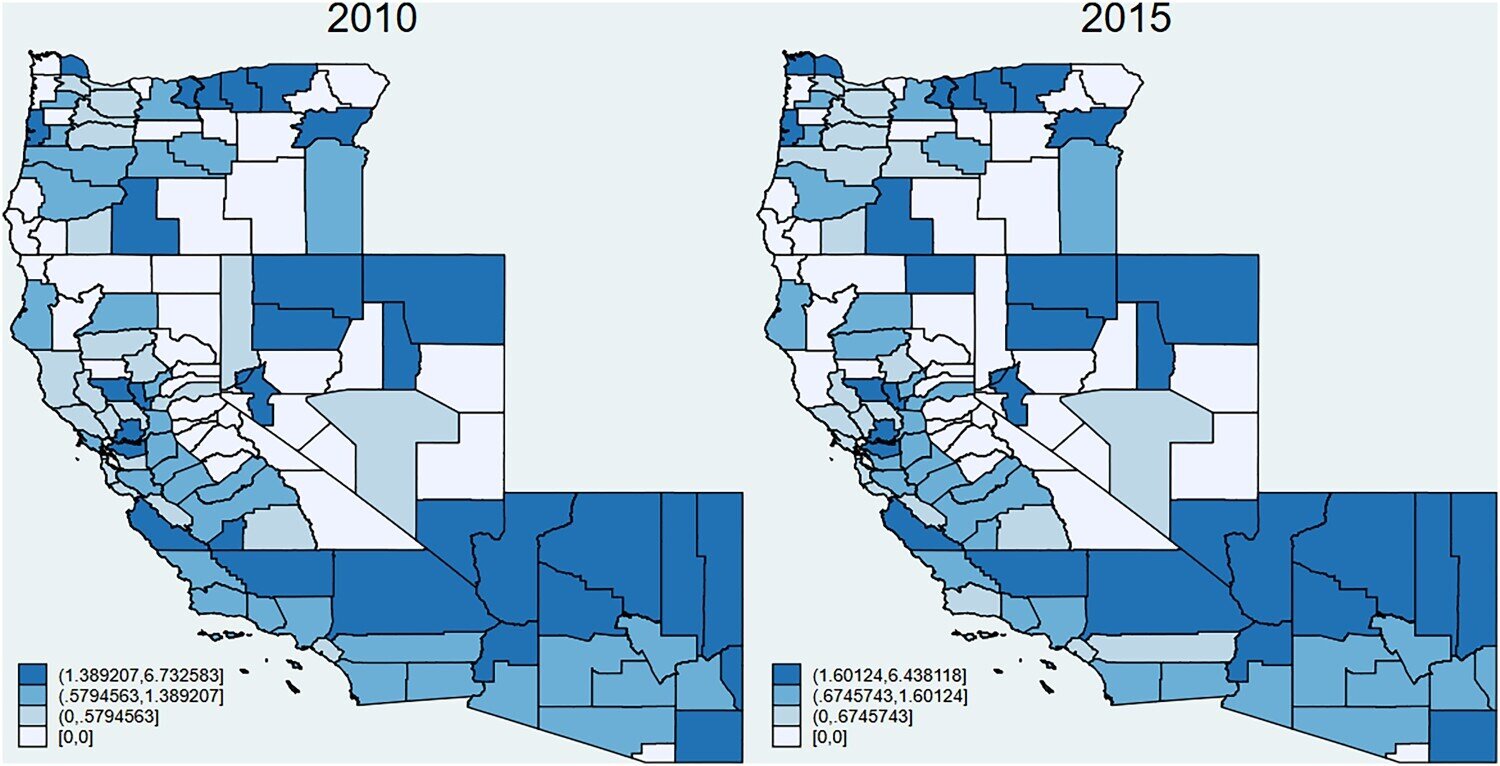Researchers from the University of Exeter Business School and the University of Leeds have conducted a comprehensive analysis of California’s Cap and Trade Program and found that it doesn’t attain its primary objectives. Launched in 2013, the Cap and Trade Program aimed to limit California’s carbon emissions by 40% below the 1990 levels by 2030 while promoting “green” industries and environmental growth. The initiative introduces fixed carbon emission levels for California-based businesses, and companies can acquire carbon credits if they exceed these emissions’ limits via an auction process. The researchers discovered that the CATP couldn’t significantly reduce emissions, as designed, while also remaining neutral to the economy.
Published in the journal Regional Studies, the research was the first to evaluate California’s Cap and Trade Program from a regional aspect. The scientists studied core data on GDP and population and facility-level emissions data from the Greenhouse Gas Reporting Program from county-levels in California from 2010 to 2015. They discovered that there were no notable changes in local economic progress in California after the implementation of the CATP and analyzed the impact of the program’s regulations on local emissions levels and the economy precisely. The researchers determined that the scheme’s allowance-allocation system might be an underlying cause of its failure and suggested that a regional approach could help in accurate estimations of climate regulation’s impact, as opposed to a universal method.
The study’s results have significant implications for market mechanisms, including companies’ market shares transitioning to facilities within the regulated areas, which could lead to loopholes and operational shifts. The authors recommended a regulation that could prevent this and reiterated the importance of regional planning and accountability for emissions. Another issue the researchers identified was the trade-off between a hard stance against environmental lobbyists and the potential relocation of factories to other regions. Professor Enrico Onali confirmed that the study’s revelations demonstrated that regional cap-and-trade practices could be successful in other countries only as long as the caps are binding.
More information: Danilo V. Mascia et al, Keep calm and carry on emitting: cap-and-trade rules, local emissions and growth,Regional Studies (2023). DOI: 10.1080/00343404.2023.2194315
Citation: Failings of California’s Cap and Trade Program revealed in new analysis (2023, June 13) retrieved 14 June 2023 from https://phys.org/news/2023-06-california-cap-revealed-analysis.html
This document is subject to copyright. Apart from any fair dealing for the purpose of private study or research, no part may be reproduced without the written permission. The content is provided for information purposes only.
Denial of responsibility! TechCodex is an automatic aggregator of the all world’s media. In each content, the hyperlink to the primary source is specified. All trademarks belong to their rightful owners, and all materials to their authors. For any complaint, please reach us at – [email protected]. We will take necessary action within 24 hours.

Jessica Irvine is a tech enthusiast specializing in gadgets. From smart home devices to cutting-edge electronics, Jessica explores the world of consumer tech, offering readers comprehensive reviews, hands-on experiences, and expert insights into the coolest and most innovative gadgets on the market.


